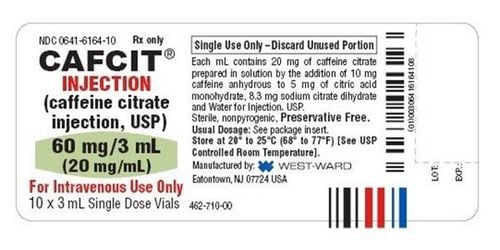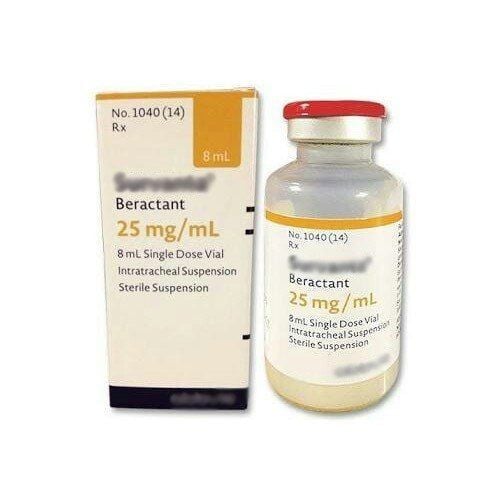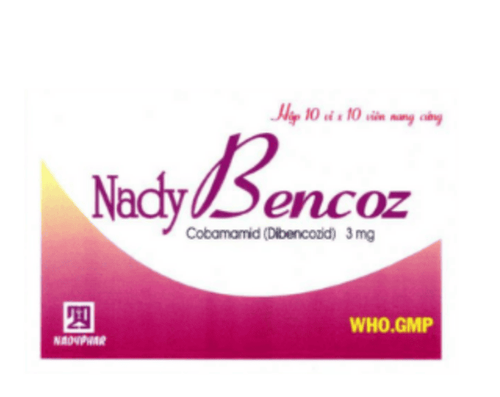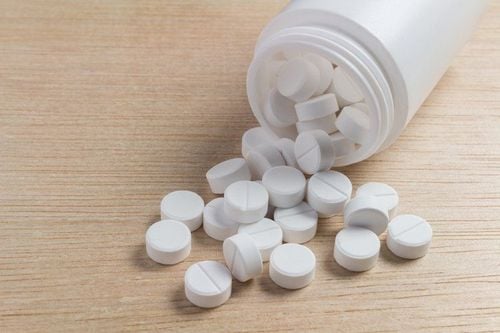This is an automatically translated article.
The article was professionally consulted by MSc Doan Ngoc Quynh Tram - Pediatrician - Neonatologist - Department of Pediatrics - Neonatal - Vinmec Nha Trang International General Hospital. He has extensive experience in the field of Pediatrics, especially in the resuscitation and treatment of neonatal diseases, respiratory and digestive diseases in children.Primary surfactant deficiency in premature infants causes respiratory distress syndrome. This syndrome is often treated with the technique of adding surfactant compounds. In the past, medicine often used the technique of endotracheal intubation with Surfactant and mechanical ventilation for children. Today, the Surfactant pump technique for the treatment of neonatal respiratory failure is less invasive and is increasingly being used.
Acute respiratory distress syndrome, causing severe, progressive respiratory failure in premature infants. The cause of respiratory failure in premature infants is the deficiency of surfactant - a component that reduces surface tension and maintains alveolar stability, preventing collapse of small alveoli at the end of breathing. out. Therefore, soon after birth or after a period of normal breathing, preterm infants have many collapsed alveoli due to lack of surfactant and cause respiratory failure.
1. Surfactant pump for neonatal respiratory failure
Indications for the Surfactant pump are applied in the treatment of respiratory failure in preterm neonates because in these infants, the enzyme system catalysing the synthesis of Surfactant by the II pneumocytes is incomplete, while surfactant is not yet complete. It is essential for the proper functioning of the lungs in infants. Therefore, in newborns, there is a high risk of developing respiratory failure.
Respiratory distress syndrome in premature infants is often treated with the technique of supplementing with surfactant compounds. As before, medicine often uses the technique of endotracheal intubation with Surfactant and mechanical ventilation for children. Today, the Surfactant pump technique for treating neonatal respiratory failure is less invasive and increasingly widely used. Currently, there are many different methods and techniques of surfactant injection, which should be considered on a case-by-case basis. Surfactant pump technology to treat respiratory failure in infants has been independently deployed at Vinmec Hai Phong and Nha Trang International General Hospitals since April 2019.
Clinical benefits of Surfactant therapy:
Improve pulmonary ventilation Increase blood oxygenation Reduce the frequency of leaks when (complications with pneumothorax, alveolar congestion...) Reduce mortality and morbidity for children Reduce the rate of severe disability
2. Specifying the Surfactant . pump
Inner membrane disease (acute respiratory distress syndrome): Prophylaxis, disease treatment, repeat treatment Apnea unresponsive to CPAP. FiO2 requirement>=40%/CPAP (children >=26 weeks). FiO2 requirement>=30%/CPAP (children <26 weeks). Treatment of respiratory distress syndrome caused by severe inhalation of meconium in children (MAP >10-12 cmH2O. FiO2>50%) Consider treatment in some cases such as: pulmonary hemorrhage, severe pneumonia.
3. Note when Surfactant Pump treats neonatal respiratory failure

Do not aspirate endotracheal sputum within 1 h after administration of the drug (unless there are obvious signs of airway obstruction. Surfactant improves lung volume, improves FRC and elasticity, so parameters need to be adjusted accordingly. Suitable for limiting pneumothorax, lung damage.After using Surfactant, avoid causing peak hyperoxygenation by rapidly decreasing fiO2.
4. Complications and treatment
4.1 While pumping Surfactant O2 saturation: often transient and requires a temporary increase in FiO2, ventilator pressure, or interruption of Surfactant pumping. Bradycardia: May be associated with O2 saturation or vagus nerve stimulation, so the Surfactant pump should be temporarily discontinued. Increased PCO2: due to temporary airway obstruction by Surfactant. Leakage of Surfactant around the endotracheal tube into the oropharynx due to the endotracheal tube being too small. The drug is directed to only one lung: because the endotracheal tube enters the right main bronchus or the child is not in the correct position. 4.2 After administration of Surfactant Hypotension: due to volume depletion, large ductus arteriosus, decreased myocardial function. Treatment with 0.9% NaCl: 10ml/kg bolus, if failed, use vasopressors. Pneumothorax: Because the drug is only applied to one lung, percutaneous aspiration or open pleural drainage is required to minimize continuous aspiration. Pulmonary bleeding: due to large ductus arteriosus, need to increase PEEP or HFO and pump Surfactant, platelet transfusion, fresh plasma 10-15ml/kg, then treat to close the ductus arteriosus. The Surfactant pump technique would be difficult to perform if the overall standard of care was not of high quality. Vinmec International General Hospital has met strict criteria to apply Surfactant Pump Therapy in the treatment of respiratory failure in infants, including a full range of supportive facilities and a team of doctors to perform. proficient in techniques.
As a key area of Vinmec Health system, Pediatrics Department always brings satisfaction to customers and is highly appreciated by industry experts with:
Gathering a team of top doctors and nurses in Pediatrics : consists of leading experts with high professional qualifications (professors, associate professors, doctorates, masters), experienced, worked at major hospitals such as Bach Mai, 108.. Doctors All doctors are well-trained, professional, conscientious, knowledgeable about young psychology. In addition to domestic pediatric specialists, the Department of Pediatrics also has the participation of foreign experts (Japan, Singapore, Australia, USA) who are always pioneers in applying the latest and most effective treatment regimens. . Comprehensive services: In the field of Pediatrics, Vinmec provides a series of continuous medical examination and treatment services from Newborn to Pediatric and Vaccine,... according to international standards to help parents take care of their baby's health from birth to childhood. from birth to adulthood Specialized techniques: Vinmec has successfully deployed many specialized techniques to make the treatment of difficult diseases in Pediatrics more effective: neurosurgery - skull surgery, stem cell transplantation. blood in cancer treatment. Professional care: In addition to understanding children's psychology, Vinmec also pays special attention to the children's play space, helping them to have fun and get used to the hospital's environment, cooperate in treatment, improve the efficiency of medical treatment.
Please dial HOTLINE for more information or register for an appointment HERE. Download MyVinmec app to make appointments faster and to manage your bookings easily.














